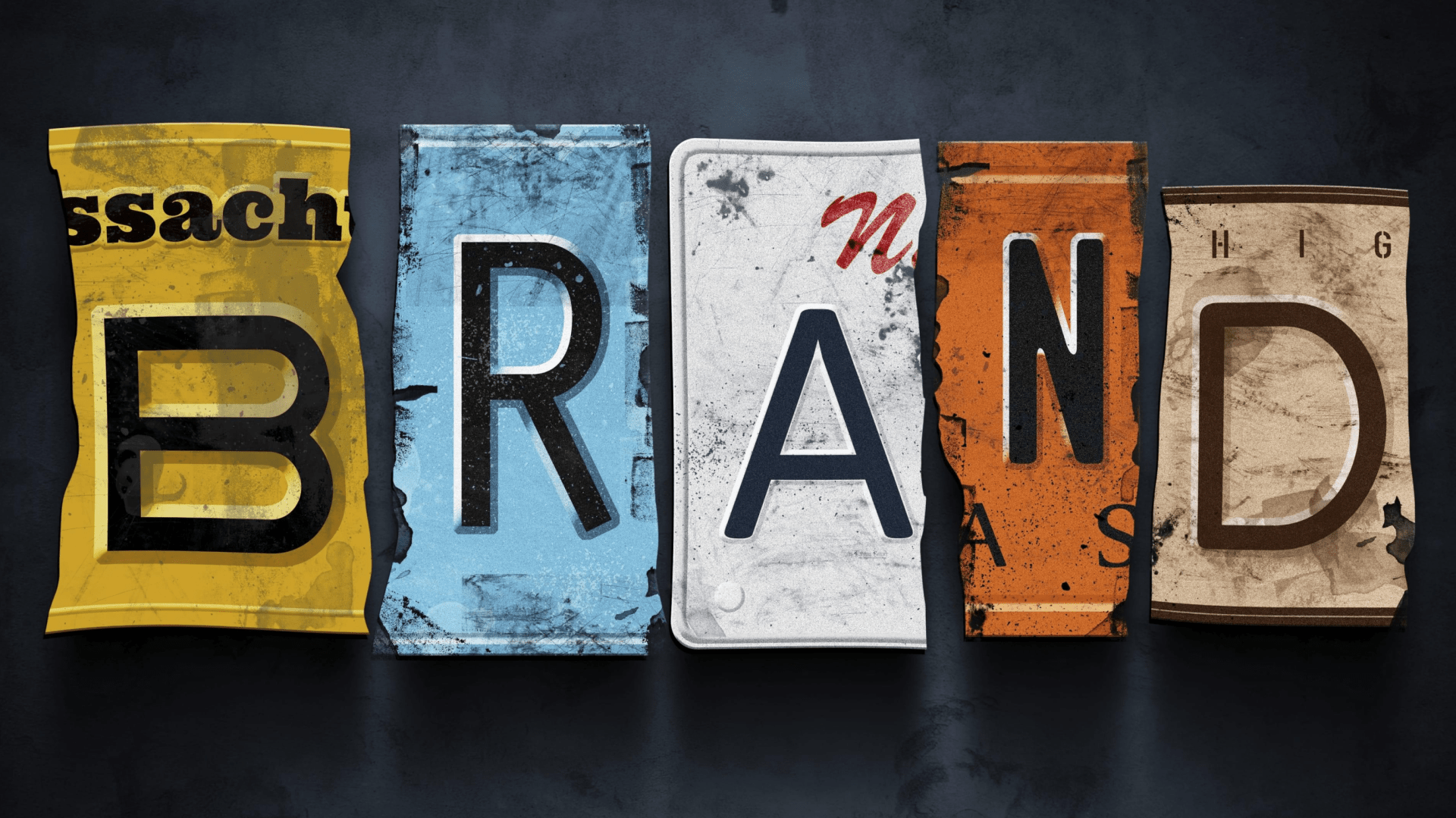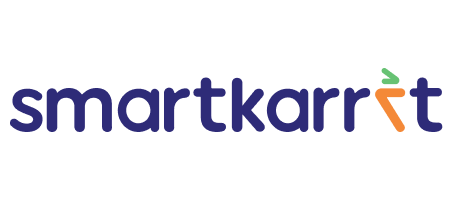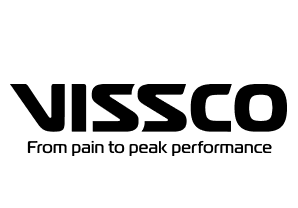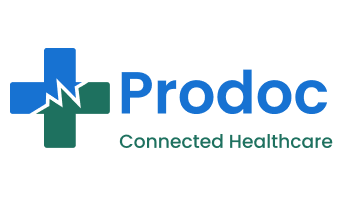
Process of creating a unique and distinct identity for a product, service, company, or individual. Personal Branding encompasses various elements that work together to establish a recognizable and cohesive brand identity.
- Brand Identity: This includes the visual aspects of a brand, such as a logo, color palette, typography, and overall design elements.
- Brand Positioning: This involves defining the unique value proposition and positioning of the brand concerning its target audience and competitors. It determines how the brand is perceived in the market and highlights its key attributes and benefits.
- Brand Messaging: This refers to the verbal communication and messaging strategy associated with the brand. It includes the brand’s tagline, mission statement, brand voice, and key messages that effectively convey the brand’s values, personality, and benefits.
- Brand Experience: It encompasses the overall experience customers have when interacting with the brand, including the product or service itself, customer service, packaging, website, physical stores, and other touch points. A positive and consistent brand experience helps build trust, loyalty, and emotional connections with customers.
- Brand Awareness: This represents the level of recognition and familiarity a brand has among its target audience. Building brand awareness involves various marketing activities and initiatives to increase visibility and reach, such as advertising, content marketing, social media presence, and public relations.
- Brand Equity: Brand equity is the intangible value and perception associated with a brand. It reflects the overall strength and reputation of the brand, customer loyalty, and the ability to command premium pricing or influence purchasing decisions.
Latest from our blog
Where we share Trending Updates, News, & Thought leadership !
Get in touch
Lets build and scale your digital products. Lorem ipsum dolor sit amet, consectetur adipiscing elit, sed do eiusmod tempor.







